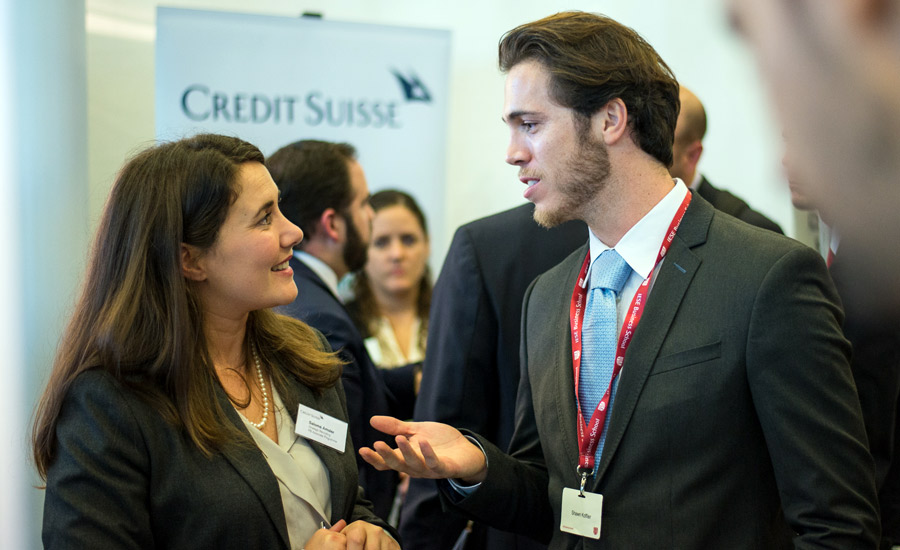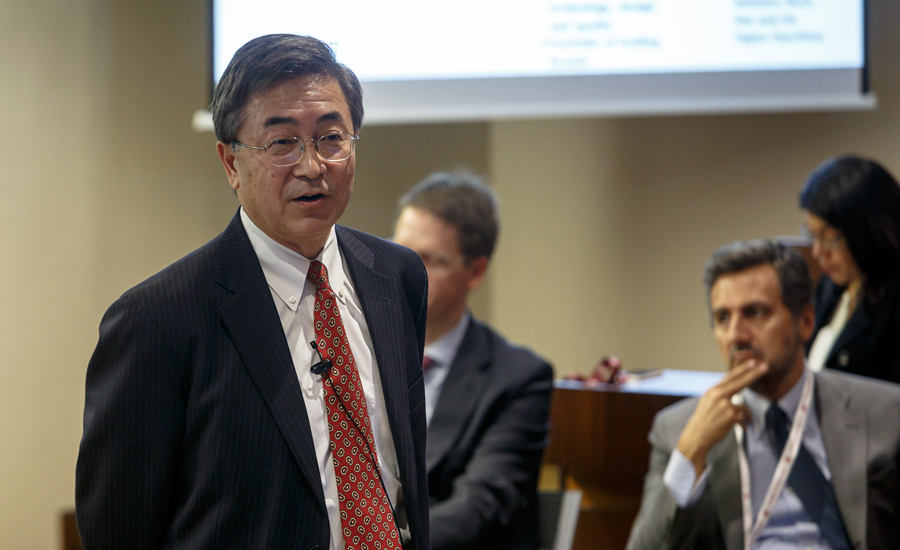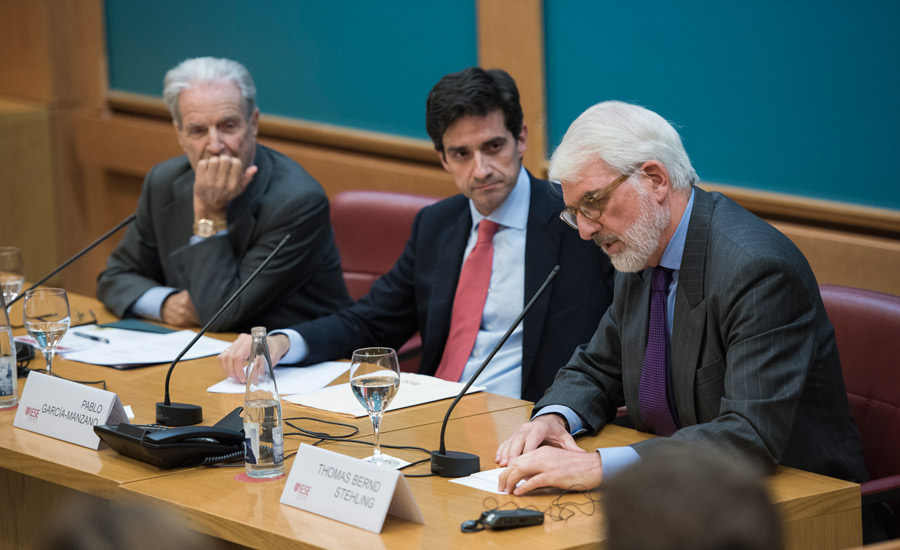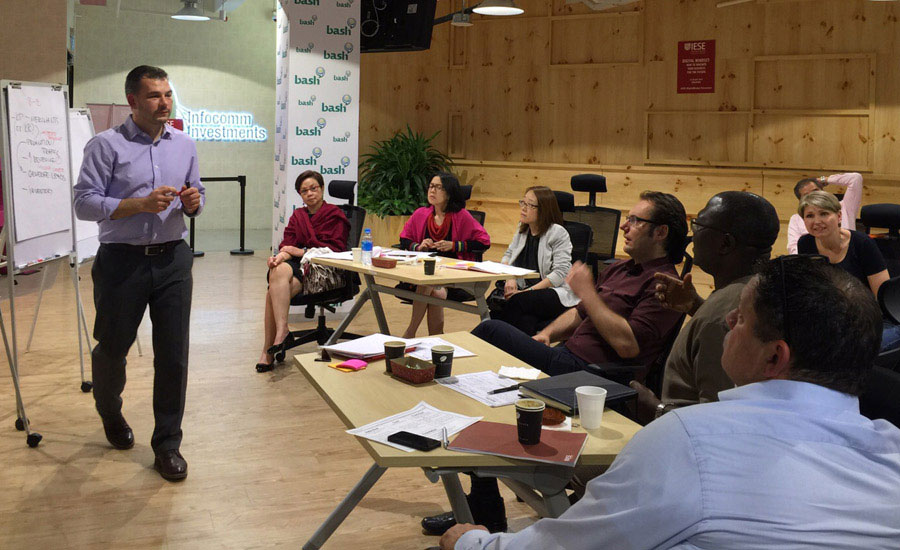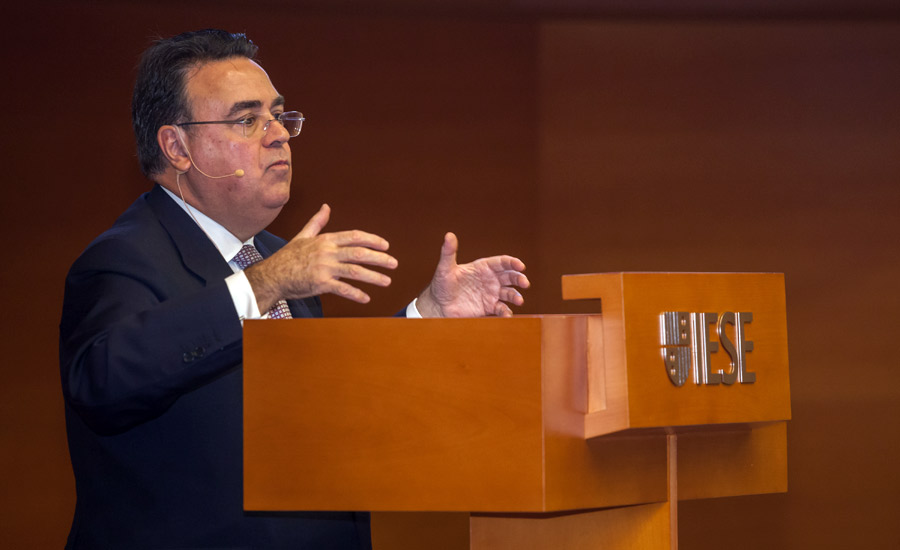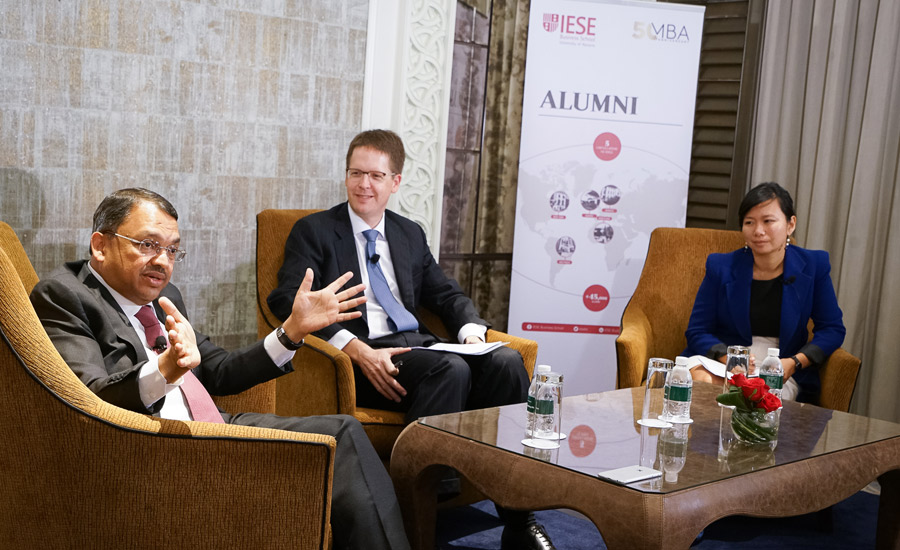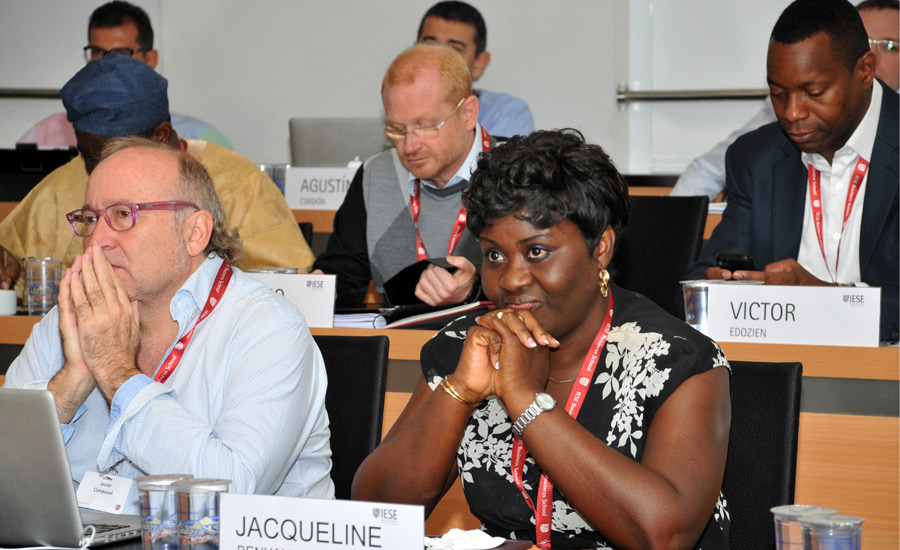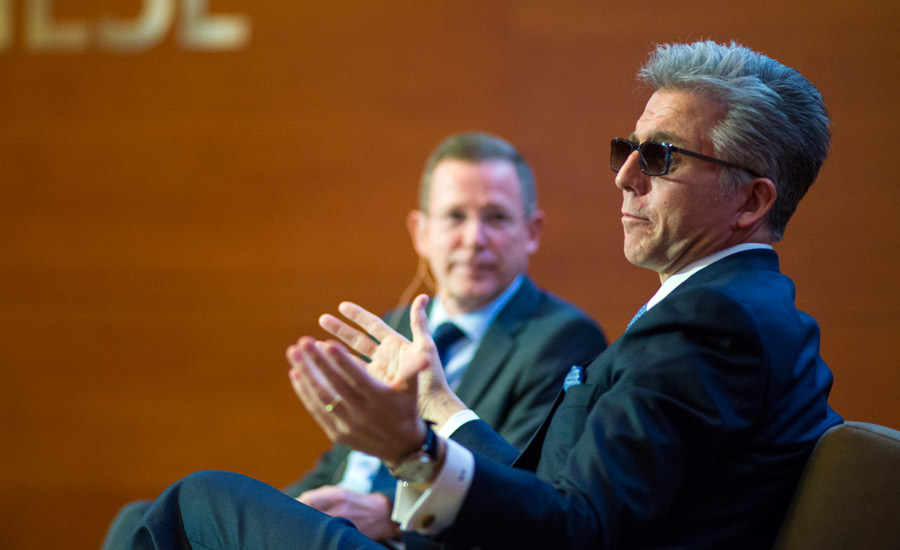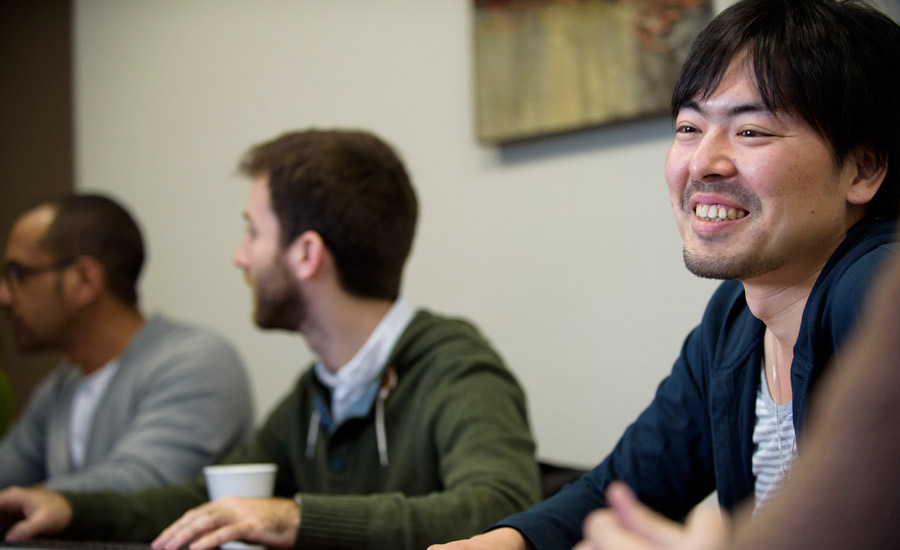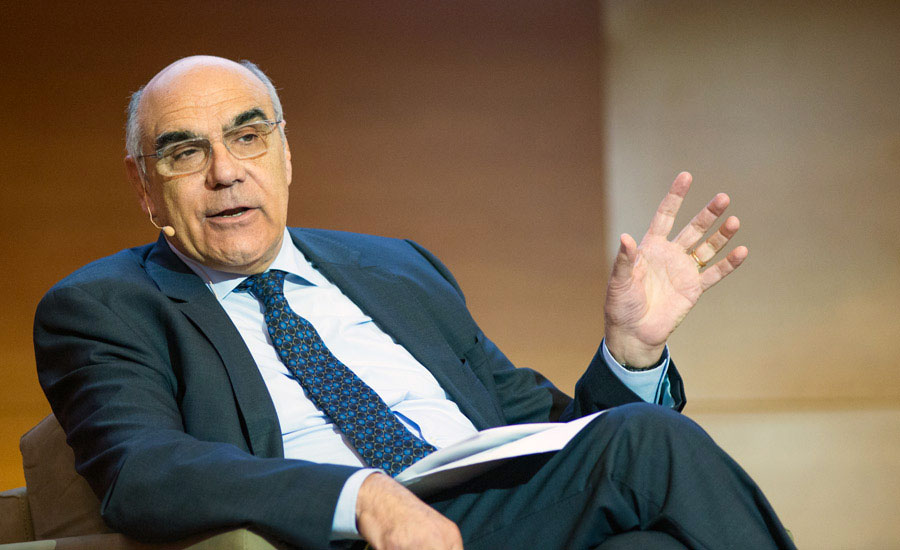
Una gran revolución sacude a las entidades bancarias y su relación con los clientes al calor del desarrollo de las nuevas tecnologías. Aunque la transformación no implica que vaya a desaparecer la actividad financiera, sí existe “un proceso de desintermediación” y empiezan a surgir nuevos actores que obligan a la reflexión para sobrevivir, ser eficientes y encontrar nuevas oportunidades en un entorno en el que el cliente lo quiere todo y lo quiere “ya”. De todas estas cuestiones habló Jorge Soley, profesor de Dirección financiera del IESE, durante una sesión de continuidad dirigida a antiguos alumnos.
Algunas entidades financieras han asumido ya este reto y se esfuerzan en “hacer algo que no habían hecho antes: dar respuesta a las necesidades de los clientes”. En este sentido, la banca, arrastrada por las dinámicas de los contratos de “adhesión” —los que redacta una de las partes y la otra se adhiere o no— en este terreno “va muy por detrás de otros sectores”. Pero la elevada competencia actual lanza definitivamente a las entidades a una carrera tecnológica.
El modelo de los contratos de adhesión salta por los aires y se impone una nueva relación, más personalizada y que responda a un tipo de demanda que va más allá de la tradicional: las personas acuden a los bancos buscando confianza, seguridad en las operaciones, transparencia, productos atractivos y precios ajustados. En este contexto, según Soley, las entidades bancarias serán valoradas por su capacidad de adaptación a la mentalidad de cambio.
Un cambio que se ha acelerado en los últimos ocho años y que obliga a seguir actualizándose. “Solo podrán sobrevivir las entidades bancarias que alcancen un buen nivel de digitalización, siendo eficientes y dando al cliente el servicio que quiere”. En esta carrera no todo el mundo está capacitado ya que, precisó Soley, “son muchos los millones que hay que poner detrás” para que el back office tenga capacidad de reacción y pueda desarrollar estrategias tecnológicas móviles. Es un proceso que augura una reducción en el número de entidades bancarias: “Y esto —subrayó el profesor Soley— no sé si es bueno o malo para las empresas, porque antes tenían cierta capacidad de negociación con un mayor número de entidades”.
Clientes más autónomos y exigentes
Las entidades financieras no solo se enfrentan al reto de la digitalización para ser rentables sino también a nuevas regulaciones que pueden afectar en el futuro los resultados, así como también a procesos demográficos que ponen en cuestión productos como los planes de pensiones. Pero además, los bancos tienen que satisfacer a clientes que han dejado ser como los de antaño: “Nuestra sociedad es más autónoma, exigente y crítica, antes la gente callaba y ahora no dejan pasar ni una”, dijo Soley, que insistió en “la capacitación del personal bancario” porque mientras antes “usábamos los bancos para hacer cobros y pagos, ahora queremos que nos den su opinión y ayuda”.
Soley consideró que el nuevo escenario requiere que las entidades sepan también reinventar el trato en las oficinas, ir más allá de la banca transaccional, mejorar la confianza con el cliente y buscar la manera de ganar clientes entre los millennials. Para conocer mejor al cliente, animó a explorar más el big data y precisó que en la actualidad los bancos solo utilizan el 30% de los datos que tienen a su alcance.
Esa fuente de información abre la puerta a aprovechar unas operaciones de las que ya están sacando partido otros actores en el sector y que afectan cada vez más a los resultados de los bancos. Soley se refirió por ejemplo al crecimiento del shadow banking, por parte de entidades que tienen una menor presión por parte del regulador y que por ello pueden ofrecer productos competitivos, disminuyendo la actividad bancaria. “De momento se trata de cifras pequeñas —alrededor de un 7%— pero hay que tenerlas en cuenta”, advirtió Soley.

